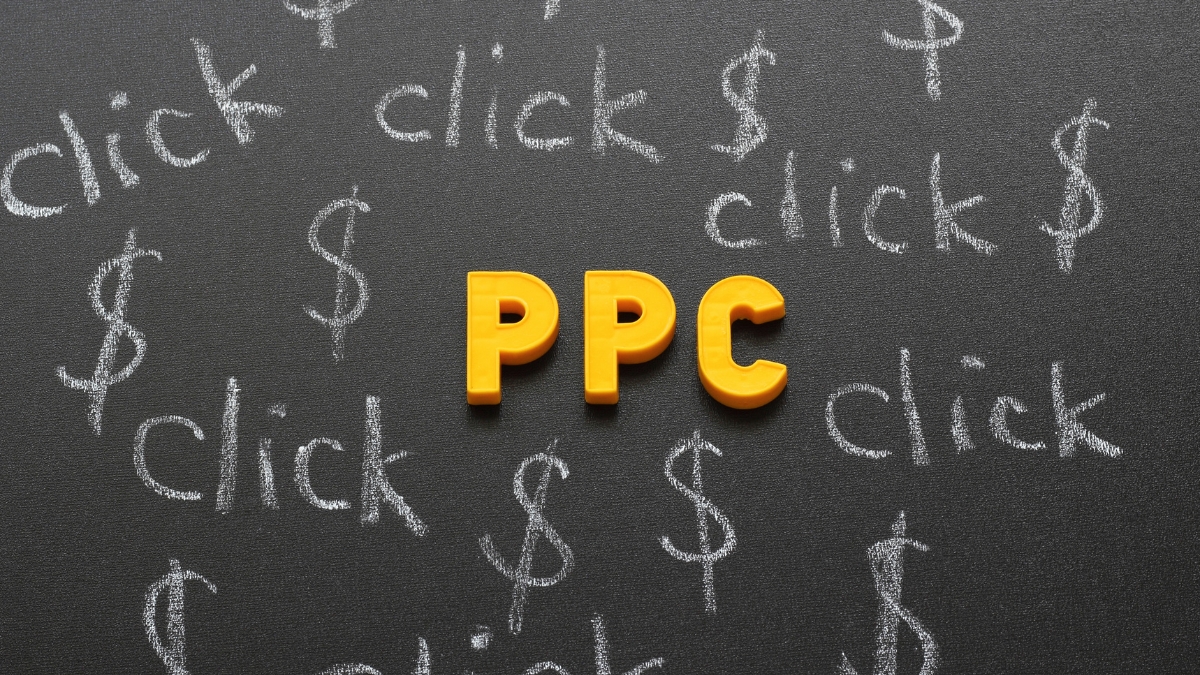
Split testing, also known as A/B testing, is an essential part of a successful PPC (pay-per-click) campaign. It involves testing two different versions of an ad or landing page to determine which one performs better. In this blog post, we’ll explore the importance of split testing in PPC.
1. Improving ad performance:
Split testing is an essential tool for PPC (Pay Per Click) advertisers looking to improve their ad performance. By testing different elements of a PPC advertisement such as its headline, description, image, or call-to-action, businesses can gain valuable insights into what works best with their target audience and make more informed decisions on how to maximize their ad spend. Split testing allows marketers to make small changes to a single element in the ad while leaving all other elements unchanged. For example, they may choose to test two different headlines against each other to determine which one drives more clicks or conversions. This data can then be used to optimize the ad for maximum performance. Split testing offers a cost-effective way for businesses to quickly identify which versions of an advertisement resonate most with potential customers and drive higher ROI from their marketing campaigns.
2. Optimizing landing pages:
Split testing is a powerful tool for any business that wants to improve its conversion rates and maximize the impact of its PPC campaigns. It works by allowing marketers to test two different versions of a page, A/B testing, to determine which one results in higher conversion rates. By comparing the performance of each version and making improvements based on the results, businesses can optimize their landing pages for maximum success.
Split testing consists of running two variant versions of a landing page concurrently and measuring how users interact with them. This allows marketers to identify which elements or design choices result in higher conversions, such as improved headline placement or better call-to-action buttons. With split testing, businesses can quickly experiment with different changes on their landing pages without needing to spend a lot of time or money making major revisions.
3. Saving money:
Split testing is an important part of any successful pay-per-click (PPC) campaign. By utilizing split testing, businesses can identify and eliminate underperforming ad elements and landing pages which can ultimately help save money. Split testing involves creating two versions of an advertisement or landing page, then running both versions simultaneously to compare the results. This allows businesses to determine which version performs better so they can focus their resources on the more effective element.
Split testing helps PPC campaigns by allowing them to optimize their ads for keywords and target demographics more effectively. Businesses can track different metrics such as cost-per-click, click-through rate, conversion rate, bounce rate, and average time on site to measure success. This data allows them to make informed decisions about where best to focus their efforts to achieve a higher return on investment (ROI).
4. Staying ahead of the competition:
Split testing, otherwise known as A/B testing, is an invaluable tool for businesses looking to stay ahead of the competition. Split testing allows companies to continually refine and optimize their marketing strategy and customer journey. This process involves creating two versions of a given element – such as an advertisement or landing page – and then analyzing how users interact with each version to determine which is most effective. By running split tests regularly, businesses can identify areas for improvement and capitalize on growth opportunities.
This ongoing focus on optimization can be especially helpful when it comes to pay-per-click (PPC) campaigns. Split tests allow marketers to fine-tune every aspect of their PPC campaign from ad messaging, placement, targeting, and pricing models – all while tracking customer engagement metrics that help inform future decisions.
5. Data-driven decision-making:
Data-driven decision-making can be a powerful tool for businesses. By analyzing the results of their tests, businesses can make data-driven decisions that will improve their products or services. Split testing is a common way to test different elements of a product or service and determine which is most effective. This process can be used to optimize campaigns, determine customer preferences, and more.
Split testing is a valuable tool for businesses because it allows them to make data-driven decisions based on the results of their tests. By analyzing the data, businesses can see which variation of their product or service is most successful. This information can help companies improve their products or services and increase profits.
Conclusion
Split testing is a crucial part of a successful PPC campaign. By testing different ad elements and landing pages, businesses can improve ad performance, optimize landing pages, save money, stay ahead of the competition, and make data-driven decisions. To ensure the success of your PPC campaigns, make sure to incorporate split testing into your overall PPC strategy.